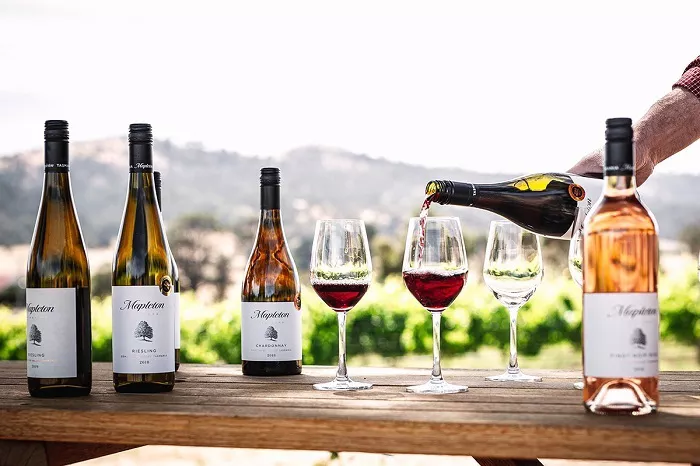After several years of declining sales and growing inventory, the U.S. wine industry may finally be reaching a turning point, according to a new report from BMO Bank’s wine division.
The sector has struggled with increased competition from alternative beverages, shifting consumer preferences, and its inability to connect with younger demographics. As a result, wine sales have dropped, leaving the U.S. market oversupplied.
However, recent data suggests the worst may be over. “Shipments by California wineries into the total market have stabilized and essentially, hopefully, hit bottom,” said Andrew Adams, lead author of the BMO report and editor at WineBusiness Analytics. “Then we might see an upturn this year, through the rest of this year.”
While U.S. domestic wine sales by volume declined 4% in 2024, dollar sales increased by the same margin—an improvement over the 9% drop recorded in 2023. Despite a cautious outlook for 2025, many wineries expressed optimism about long-term growth prospects.
“Market conditions have really compelled wineries to understand what they may need to do,” Adams said, highlighting the need for strategic investment and adaptation.
One key strategy gaining traction is a shift toward direct-to-consumer (DTC) sales, allowing wineries to bypass traditional distribution channels in favor of tasting rooms and wine clubs. However, the DTC segment itself declined 10% in 2024, prompting producers to rethink their approach.
In response, many wineries—particularly in Napa Valley—are evolving their customer experiences to appeal to younger visitors and broader demographics. Casual, flexible tasting options are replacing the more formal, high-cost experiences of previous years.
“We have seen wineries adjust their current offerings to try and connect with both younger consumers and people who might be looking for an experience that’s not as elaborate, and therefore as expensive, as in previous years,” Adams said.
This includes allowing walk-in tastings without the need for advance reservations, a move that appears to be paying off. Data from the report shows an increase in tasting room visits by Gen Z consumers over the past year.
At Bella Union winery in St. Helena, a newly designed tasting room has attracted a diverse clientele since opening in the fall. CEO Carol Reber said the welcoming atmosphere was intentional.
“We wanted it to feel accessible to lots of different age groups,” Reber said. “And we wanted people to be able to choose their own adventure and their own experience.”
The winery offers a range of options, from relaxed outdoor bar tastings to curated food and wine pairings. Starting at $45, the experiences are competitively priced for the region.
“We have seen a phenomenal response from locals, from out-of-towners, from Gen Z, young early drinkers through to millennials, Gen Xers, boomers,” Reber noted.
If more producers embrace similar strategies, industry observers believe the wine sector may gradually regain its footing.
“It’s a transition and it may very well be painful in some regards,” Adams said, “but I think long-term it is something that wine will get through.”
While a full recovery may take time, the early signs of stabilization offer a measure of hope for an industry in search of renewal.
You Might Be Interested In:


